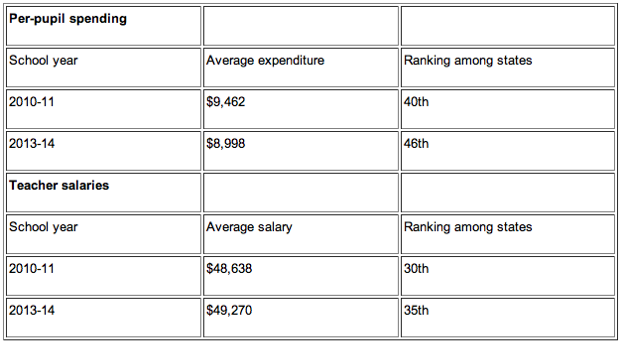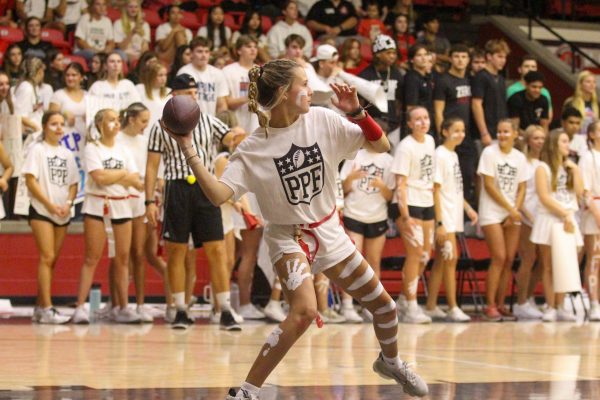State cuts school funding
The funding that the district receives from the state is decreasing, and could potentially harm the districts programs.
April 15, 2014
Texas funding for public schools in inching up in the rankings, moving from the 49th worst funded state last year to the 46th this year. However, just because Texas has moved up slightly in the rankings, it does not mean the district is getting anything new.
“That doesn’t mean Lovejoy is getting any more money, in fact we are getting less money from the state based on their funding projections,” principal Gavan Goodrich said. “It is good for the state. Texas has determined that property rich districts like Lovejoy are getting less than they have in the past. It is not an indicator that there is positive funding for Lovejoy in the state of Texas.”
The low ranking of Texas does not come as a shock to some people, however in an affluent district like Lovejoy, the ranking has little effect.
“Texas has always been low, so it does not surprise me,” human geography teacher Homa Lewis said. “I know that the funding has caused some pressure for Lovejoy, but it’s a statewide ranking so we aren’t going to be able to notice it.”
Even though the district is one of the less affected, it still needs all the money it gets.
“We are spend approximately $8,400 per student,” superintendent Ted Moore said. “The programs that we offer in Lovejoy require every dollar of funding that we receive. As funds are cut from the State of Texas, we must then cut our expenses to keep a balanced budget.”
The move up in the national rankings did increase funding, however with other costs the district has it does not make much of a difference.
“The increase from 49th in the nation to 46th is not enough for school districts in Texas to feel much improvement,” Moore said. “Our increase from the State amounted to about $175 per student which is not enough to even keep up with inflation, much less with the costs associated with adding a sixth campus–Willow Springs Middle School.”
The chart below shows the amount of money spent per student per year (and teacher salaries) before the budget cuts of 2010-11 versus 2013-14.














